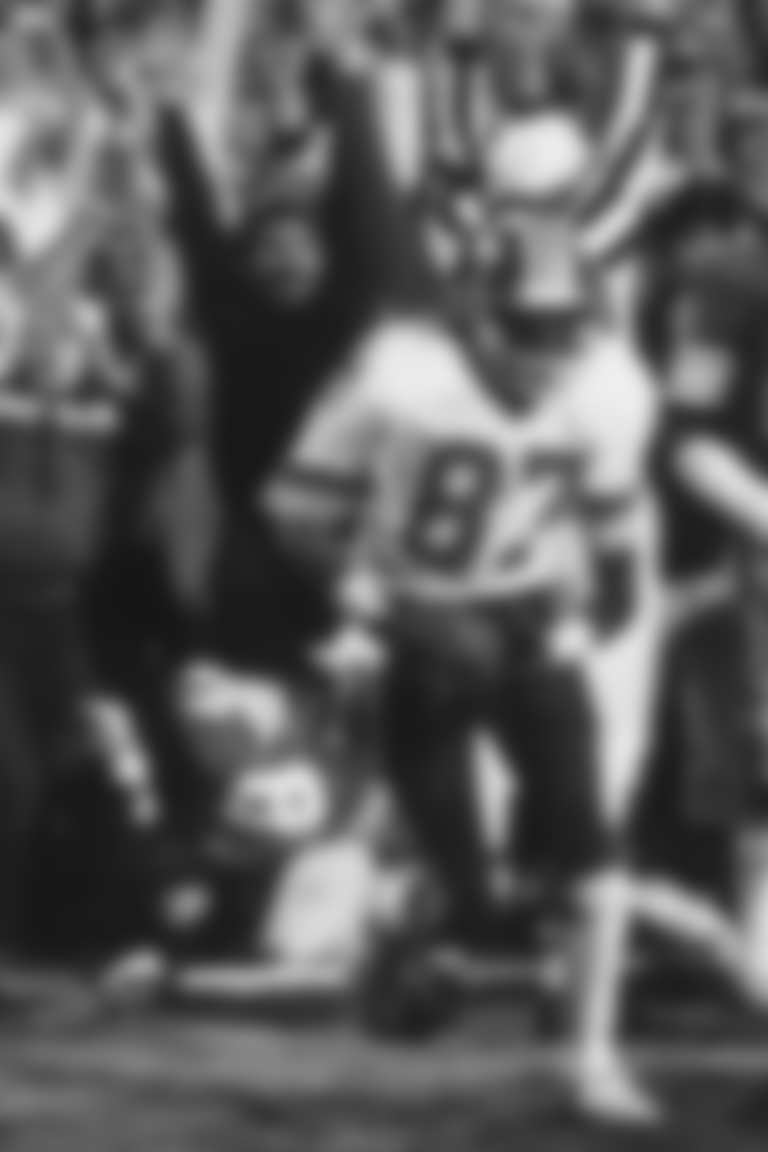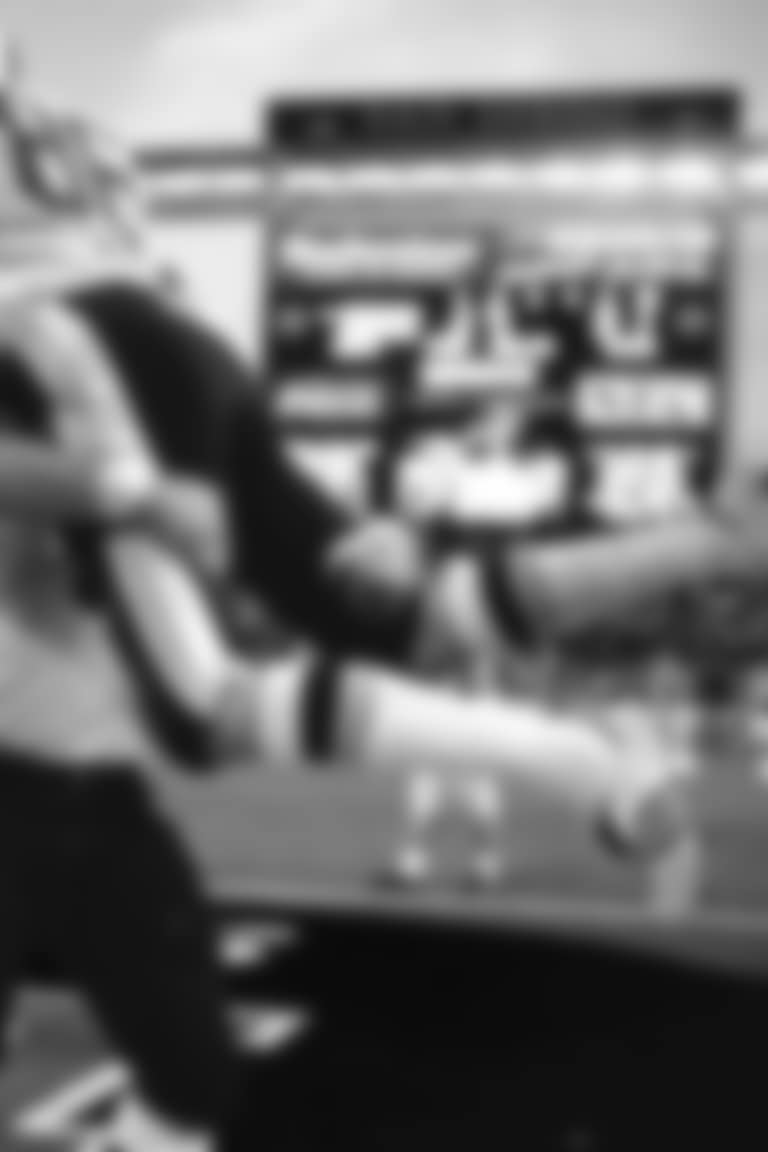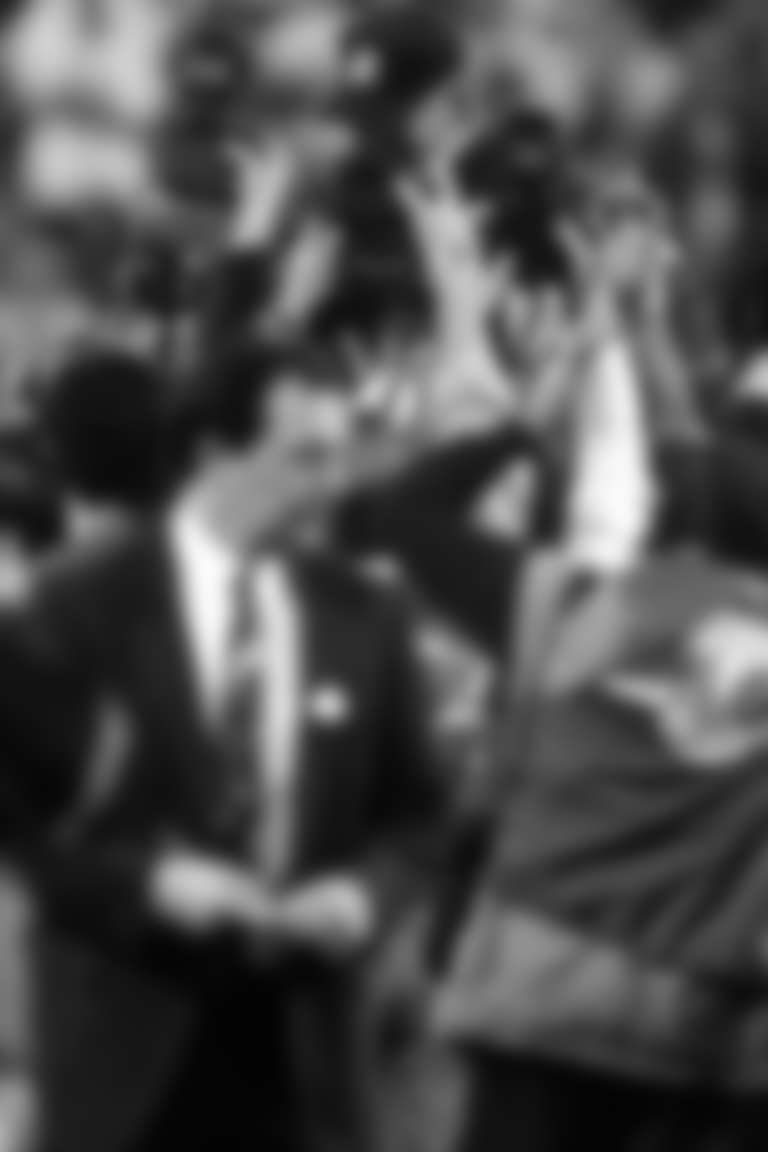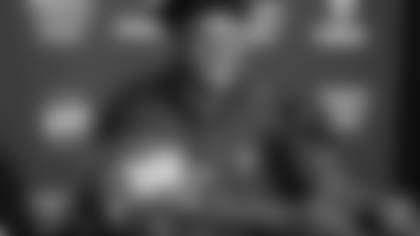By Kyle Stackpole
The Washington Football Team will be on the clock around 10 p.m. ET on Thursday -- kicking off a 2021 NFL Draft that includes eight picks and a load of optimism for the upcoming season and beyond. Hit on these prospects, and head coach Ron Rivera will have a roster of emerging players ready to return the franchise to championship glory.
Joe Gibbs knows plenty about hoisting Lombardi Trophies, as his teams won three Super Bowls in a 10-season span. But before all of that success, the then first-year head coach paired with former general manager Bobby Beathard compiled perhaps the best draft class in Washington history.
Notable Selections From 1981 Draft Class
| Round (Pick) | Name | Seasons w/Washington | Games (Starts) | Achievements | Super Bowls |
|---|---|---|---|---|---|
| G Mark May | 1 (20) | 9 | 123 (115) | Pro Bowler | 2 |
| G Russ Grimm | 3 (69) | 11 | 140 (114) | Pro Football Hall of Fame; NFL 1980s All-Decade Team; Washington Ring of Fame; 4x first-team All-Pro | 3 |
| DE Dexter Manley | 5 (119) | 9 | 125 (113) | Washington Ring of Fame, 2x All-Pro, second all-time on official sack list (97.5) | 2 |
| WR Charlie Brown | 8 (201) | 3 | 35 (24) | 2x Pro Bowler | 1 |
| DT Darryl Grant | 9 (231) | 10 | 139 (109) | 27.0 sacks | 2 |
| TE Clint Didier | 12 (314) | 6 | 74 (35) | 1,815 yards and 19 TDs | 2 |
NOTE: Tackle Joe Jacoby signed with Washington as an undrafted free agent in 1981. Jacoby went on to play 13 seasons for the burgundy and gold, making four Pro Bowl appearances, earning three first-team All-Pro nods and winning three Super Bowls. He is a member of the Washington Ring of Fame and the NFL 1980s All-Decade Team.
Check out Washington's full 1981 draft class, HERE.
With this year's theme centering around the 1980s to commemorate a golden era in Washington's history -- an era that inspires and fuels the franchise's future success -- Washingtonfootball.com spoke with Gibbs and several players about how that draft class came together and why it was so successful.




















